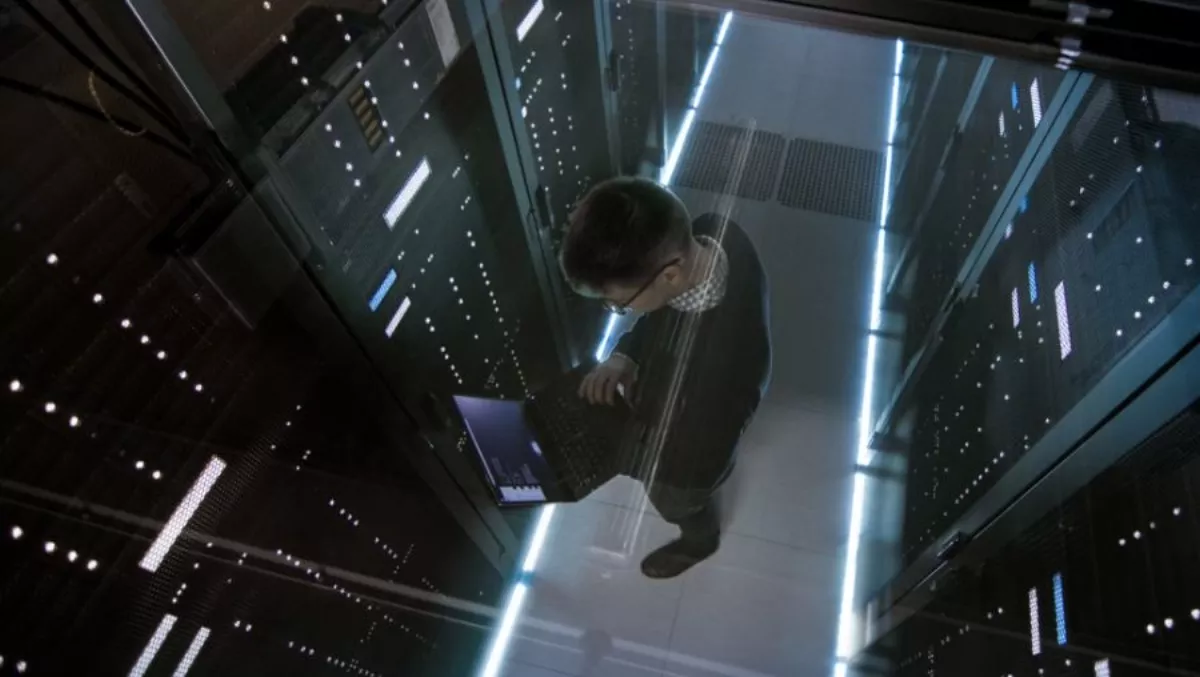
How disaster recovery is evolving in NZ
As computerisation has advanced, companies have built their strategy around – and, by definition, become more dependent on – IT and digital resources. This means that in the event of a disaster, businesses need access to their data to remain operational.
The standard workplace recovery strategy has been to keep offices near a recovery server, so staff could remain in action when a problem – like a major power failure or a natural disaster – shut the office down. In that event, the company's essential staff would work from space adjacent to the server.
The industry has followed this model for as long as we've been dependent on computers – but the model is redundant, and has been for some time.
Why? There are three main reasons:
1) Technology evolves rapidly, and a few large businesses have a workplace recovery strategy that has truly kept pace with this evolution.
The rise in cloud computing means that data is not housed in one particular place but is accessible from anywhere, so a recovery plan no longer needs to be based purely on the location of servers, but can – and should – be driven by what works best for a business at a particular time.
2) Recovering to one fixed location can be a logistical nightmare, and frankly is ill-advised. Of course, if a small leak in an office has rendered it unusable, you can move staff to a specific, identified backup office. We are seeing such transitions currently as buildings in Auckland, Wellington and other cities are being assessed as seismically vulnerable.
Chances are one of two things will occur if you are dependent for recovery on one specific location. Either your backup location will also be affected, or your people won't be able to get there even if the building is accessible. In today's world, a smart business needs to develop a workplace recovery strategy that is responsive and dynamic, and capable of adapting to a live situation.
3) The traditional financial model of making workplace recovery centre profitable revolves around oversubscribing each centre: a bit like airlines do, the same "seat" will be sold to 10 or so different businesses, based on the calculation that different businesses will not need recovery at the same time.
But in the example above – a major incident affecting large swathes of a city or region for a long time – chances are multiple companies will be affected. Businesses run the worrisome risk that at the one time they need the recovery seat they've been paying for, someone else may be sitting in it.
The old system worked in the 1980s when it was designed. But like so many industries, workplace recovery is ripe for a technology-driven disruption. Traditional workplace recovery providers are going to be hit hard and ultimately replaced by more dynamic, innovative providers, just as we have seen in other sectors.
Businesses are waking up to the fact that their workplace recovery plans may not be fit for purpose – and a flexible, dynamic revolution is poised to sweep through the industry. Static offices will be replaced by flexible, people-first, dynamic partnerships.

